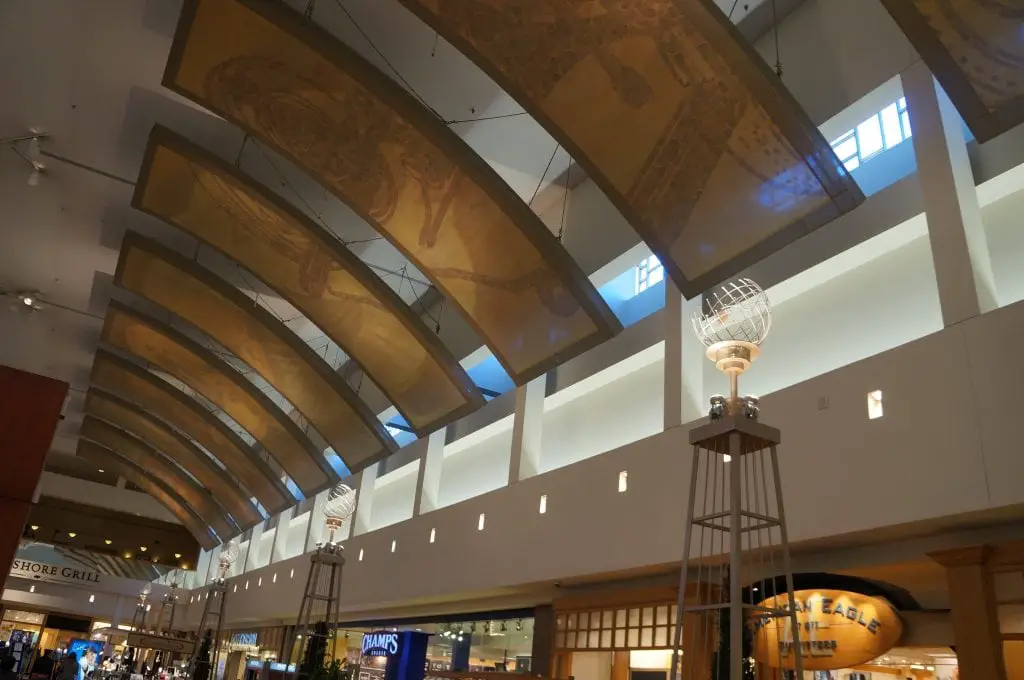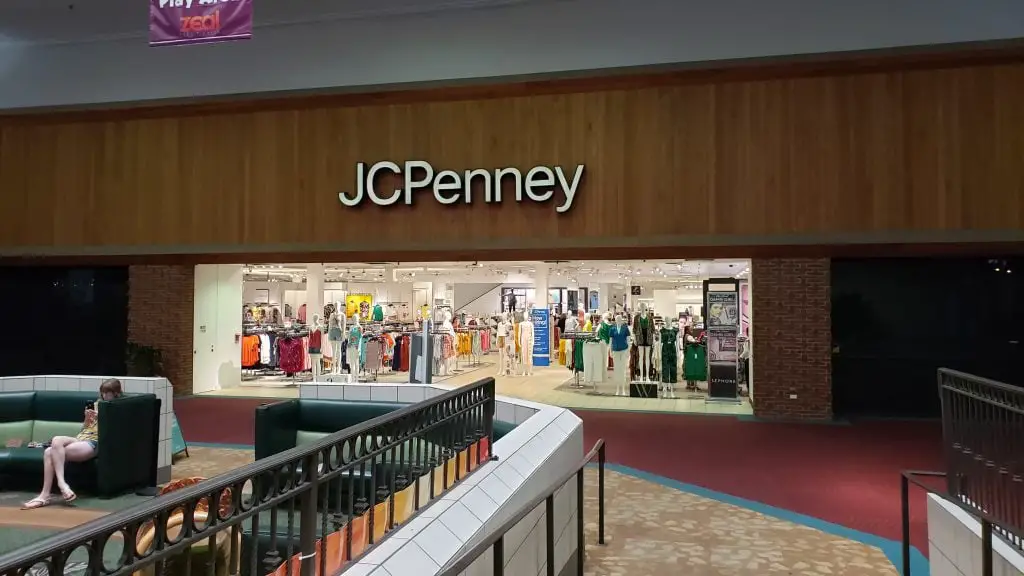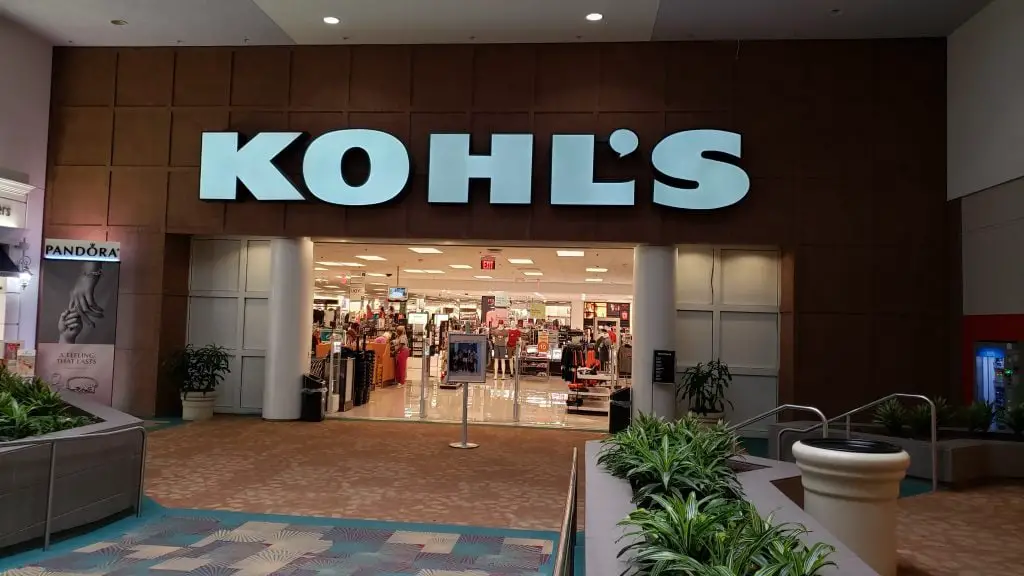Origins and Development
Westland Shopping Center opened on July 28, 1965, in Westland, MI, and was designed by Victor Gruen Associates. The mall featured anchor stores such as Kroger, S.S. Kresge, and Hudson’s department stores. These anchors drew shoppers from the surrounding areas.
In 1975, the mall expanded to include additional retail space. By 1980, it had become one of the leading shopping destinations in the Detroit metropolitan area. The development added new stores and modern amenities to accommodate changing consumer preferences.
The 1980s saw further renovations, including installing air conditioning and expanding the food court.
By the late 1980s, Westland Shopping Center housed over 100 stores, including national chains and local retailers. This period marked the peak of its popularity, attracting large crowds and boosting sales.
Things to do in Westland, MI, include visiting the Westland Shopping Center, which has been a central part of the community since its opening.
Historical Significance
Westland Shopping Center played a major role in local history. In the early 1960s, the city of Livonia planned to annex the part of Nankin Township where the mall was to be built. This potential annexation spurred significant local reaction.
After opening, the shopping center joined other prominent Detroit Metro malls like Northland and Eastland, positioning itself as a major retail hub.
The opening of Westland Shopping Center was pivotal, marking the area’s development and attracting numerous visitors and businesses.
In response to Livonia’s annexation attempts, the residents of Nankin Township took action. On May 16, 1966, they voted to incorporate the remainder of the township as a city.
This newly formed city was named Westland, directly after the shopping center. The mall’s influence was so strong that it shaped the entire community’s identity.
This vote ensured the area would retain its autonomy and continue developing around its new economic centerpiece.
Peak Years and Anchor Tenants
During its peak years, Westland Shopping Center thrived with over 100 stores. JCPenney joined the mall in 1976 and Kohl’s in 1988.
Sears opened in 1997. In 2001, new anchor Marshall Fields replaced Hudson’s and became Macy’s in 2006, attracting even more shoppers.
Dining options enhanced the shopping experience. Olga’s Kitchen became a favorite for many visitors.
Longhorn Steakhouse offered a sit-down dining option, perfect for shoppers needing a break. The mix of retail and dining options kept the mall bustling and lively.

Challenges and Decline
Westland Shopping Center faced challenges starting in the early 2010s. Competition from newer malls and the rise of online shopping affected foot traffic.
Many shoppers preferred the convenience of e-commerce, impacting sales at physical stores.
In 2017, Macy’s closed its doors, causing the mall to suffer. Sears followed in 2021, further reducing the mall’s draw.
These closures led to a decline in customer visits and overall revenue. Smaller stores, dependent on anchor traffic, struggled to stay open.
Minor renovations and new store openings were among efforts to revitalize the mall. These efforts provided temporary boosts but didn’t reverse the overall decline.
The mall management tried to attract diverse tenants to appeal to a broader audience, yet sustaining high traffic levels remained challenging.
Current Tenants and Attractions
Today, Westland Shopping Center continues to host a range of stores and attractions.
JCPenney remains a key anchor, attracting many shoppers with its wide selection of clothing and household items. Kohl’s also plays a crucial role, providing another major anchor that helps draw in visitors.
Several smaller stores add to the mall’s appeal. Bath & Body Works offers popular personal care products, consistently drawing customers. Foot Locker caters to sports enthusiasts with its variety of athletic footwear and apparel.
Victoria’s Secret, known for its lingerie and beauty items, remains a significant draw. These stores create a diverse shopping environment that appeals to a broad audience.

Dining options enhance the shopping experience. The mix of fast-casual and sit-down restaurants, including places like Pretzel Peddler and The Daily Grind Cafe, ensures shoppers have plenty of choices to refuel during their visit.
The mall also features unique services and specialty stores. Tai Jai Life Massage provides relaxation and wellness services.
Thimble Wiz Tailor offers custom tailoring, meeting specific customer needs. Fast Repair & Accessories and Eye Styles LLC cater to tech and eyewear needs, rounding out the mall’s diverse offerings.
Westland Shopping Center remains a vital part of the community, continuing to evolve and adapt to meet the needs of its visitors.
Redevelopment Plans
Redevelopment plans for Westland Shopping Center have taken shape in recent years. The city of Westland, alongside developers, has focused on transforming the mall into a mixed-use facility. This approach aims to revitalize the area and meet contemporary needs.
In 2021, discussions began about converting parts of the mall into residential units. These plans included creating apartments and condos to attract new residents.
The idea was to integrate living spaces with commercial and recreational areas, making the site a vibrant community hub.
Developers proposed adding office spaces and health services to the mix. They aimed to create a balanced environment where people could live, work, and shop.
This plan included building new green spaces and pedestrian-friendly pathways, enhancing the location’s appeal.
These steps would help attract businesses and visitors, contributing to Westland’s economic growth.

The community has shown support for these redevelopment efforts. Public forums and surveys indicated that residents favored a mixed-use development.
They believed this approach would bring new life to the area and provide amenities that the community lacked.
Some redevelopment projects have started as of 2024, marking a new chapter in Westland Shopping Center’s history.
Latest on Westland Shopping Center
Namdar Realty Group, the owner of Westland Shopping Center, has listed the land under the Kohl’s department store for sale at $18.2 million. This move is part of a broader strategy to divest and possibly repurpose properties within the mall.
After over 40 years in business, the Olga’s Kitchen at Westland Shopping Center has permanently closed. The expiration of the lease influenced the decision.
Olga’s Kitchen thanked its loyal customers and encouraged them to visit other nearby locations. This closure marks the end of a beloved eatery that has been part of the community for decades.
The Westland Shopping Center is among the top taxpayers in Westland. In the last fiscal year, the mall contributed over $940,000 in taxes.
Despite its declining use, the mall remains a significant source of revenue for the city. City officials desire to see it repurposed to serve the community better.

The Westland Shopping Center is undergoing significant changes, including property sales and store closures.
The city’s interest in repurposing the mall reflects a broader effort to revitalize the area and adapt to the changing retail landscape.
